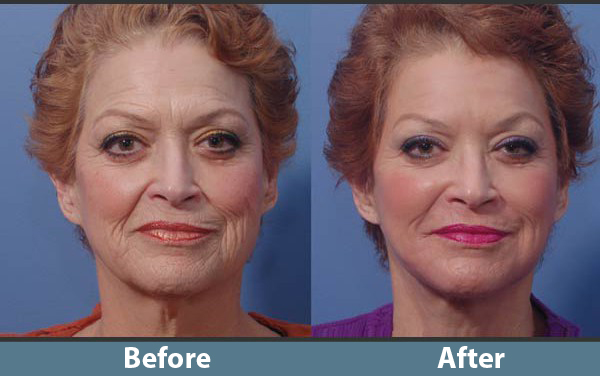Platelet-rich plasma (PRP) and platelet-rich fibrin (PRF) have become popular treatments in orthopedics, sports medicine, and aesthetic procedures due to their potential for tissue regeneration and healing. However, choosing between PRP and PRF can be challenging. In this article, we’ll provide an overview of both therapies, discuss factors to consider when making a choice, and present real-world case studies to help you decide which option is best suited for your needs.
Understanding PRP and PRF
PRP is a concentration of platelets obtained from the patient’s own blood. It is prepared by centrifuging whole blood to separate the platelets from other blood components. The resulting PRP contains a higher concentration of growth factors, which promote tissue repair and regeneration.
On the other hand, PRF is a fibrin matrix enriched with platelets and leukocytes, obtained through a more sophisticated centrifugation process. PRF has a denser fibrin network compared to PRP, which may lead to longer release of growth factors and better tissue healing.
PRP:
- Platelet Activation: After centrifugation, PRP is often activated using substances like calcium chloride or thrombin, which triggers the release of growth factors from the platelets.
- Types of PRP: There are different types of PRP, such as leukocyte-rich PRP (L-PRP) and leukocyte-poor PRP (P-PRP), depending on the presence or absence of white blood cells. Each type may have specific applications and benefits.
- Administration Methods: PRP can be administered via injection directly into the affected area or used in conjunction with other procedures such as microneedling or surgery to enhance tissue healing.
PRF:
- Slow Release of Growth Factors: PRF’s denser fibrin network allows for a sustained release of growth factors over a longer period, potentially promoting more prolonged tissue healing compared to PRP.
- No Need for Activators: Unlike PRP, PRF does not require exogenous activation agents as it naturally releases growth factors during the clotting process.
- Natural Fibrin Scaffold: The fibrin matrix in PRF acts as a natural scaffold that supports tissue repair and regeneration, providing a conducive environment for cell migration and proliferation.
Applications in Orthopedics, Sports Medicine, and Aesthetic Procedures
Both PRP and PRF have a wide range of applications in various medical fields:
- Orthopedics: PRP and PRF injections are commonly used to treat tendon and ligament injuries, osteoarthritis, and other musculoskeletal conditions. They can promote tissue repair and reduce inflammation, helping patients recover from injuries faster.
- Sports Medicine: Athletes often undergo PRP and PRF treatments to accelerate healing of sports-related injuries such as muscle strains, ligament tears, and joint pain. These therapies can aid in quicker return to play and improve long-term outcomes.
- Aesthetic Procedures: PRP and PRF are also utilized in aesthetic medicine for facial rejuvenation, hair restoration, and skin regeneration. They stimulate collagen production, improve skin texture and tone, and promote hair growth.
Factors to Consider
When deciding between PRP and PRF, several factors should be taken into account:
- Cost: PRF typically requires less processing and preparation compared to PRP, making it a more cost-effective option in some cases.
- Preparation Process: PRP and PRF require different centrifugation protocols and preparation techniques. PRF may involve a simpler and faster process, with less manipulation of the blood sample.
- Clinical Indications: The choice between PRP and PRF may depend on the specific condition being treated and the desired outcome. Some studies suggest that PRF may be more effective in certain situations, such as bone regeneration.
Real-World Comparison of PRP and PRF
Looking at the practical aspects of both PRP and PRF treatments can give us insights into their differences and effectiveness:
Orthopedics and Sports Medicine:
- In clinical practice, both PRP and PRF have shown promising results in managing conditions like tendon injuries, osteoarthritis, and muscle strains. The choice between PRP and PRF often depends on factors such as the specific injury, the patient’s health status, and the treating physician’s preference.
Aesthetic Procedures:
- Clinicians have used PRP and PRF in aesthetic procedures like facial rejuvenation and hair restoration. While PRP is known for its rapid results, some practitioners believe that PRF may offer longer-lasting effects due to its denser fibrin network. However, individual patient responses can vary.
For those interested in exploring the applications of PRF further, consider the PRF kit developed specifically for medical professionals. This comprehensive kit provides everything needed to prepare and administer PRF treatments effectively.
In conclusion, both PRP and PRF offer valuable therapeutic benefits in orthopedics, sports medicine, and aesthetic procedures. By understanding the differences between the two therapies and considering factors such as cost, preparation process, and clinical indications, patients and practitioners can make informed decisions to achieve optimal outcomes.



